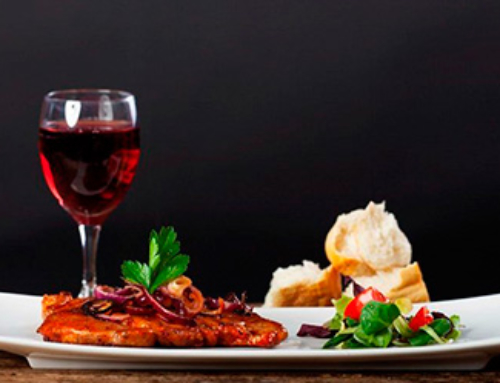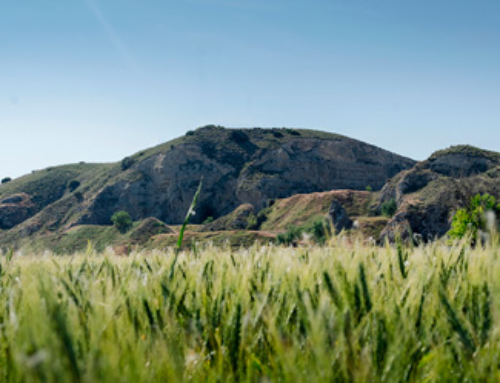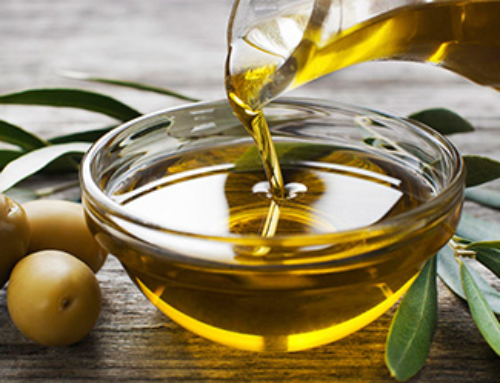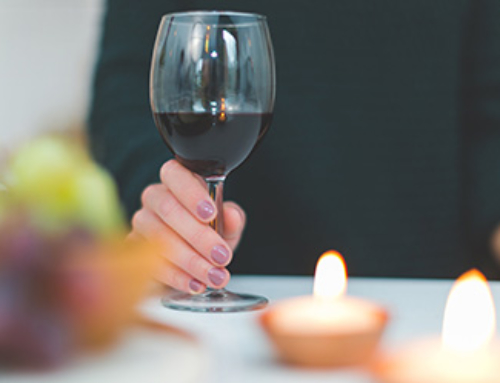Project Description
Palmeritas
If there is one product that has earned an irrefutable reputation and are increasingly popular, it is the famous’ Palmeritas de Morata’, the cherry on top of the Morata confectionery.
With a very juicy puff pastry, very thick, although small, and covered with quality chocolate that melts just looking at it, the pastry chefs have been making these delicacies for half a century. Morata de Tajuña has become a place of mandatory pilgrimage for someone with a sweet tooth.
The Palmeritas can be found in any of our bakeries and each one has a special way to prepare them, so there are real fans of the palmeritas of one or another bakery:
Where to buy them?
PASTELERÍA REAL, Real Street 15
PASTELERIA DE LA TORRE, Iglesia Street 37
PANADERÍA PASTELERÍA CONEJO, Real Street 43
Other products from the home bakery
In Morata de Tajuña there is a traditional homemade pastry that still takes place in the houses and can be found in the pastry shops and some bakeries of our town.
In addition to the populars palmeritas, there are typical products such as the “friar balls” (pelotas de fraile) fried buns, slightly dipped in syrup that can be found in any of our baking establishments.
Other typical products are hornazo and Easter cakes (typical of Easter Sunday),”repapalos”, fried doughnuts and mantecados.
Correr el hornazo
On Easter Sunday, it was traditional in our locality to “run the hornazo”, a pastry and yeast bun to which was added one or more raw eggs that were cooked next to the bun in the oven and can be decorated with a sugar bath and sweets for the youngest.
To do this, families with children used to go to areas of the countryside with trees and shade, and enjoy one of the first Sunday afternoons in the open air.
It was common that the eggs that accompanied the hornazo, were smashed on ones forehead before beginning to peel them.
This tradition evolved over time and became a complete day in the countryside and even camping in an emblematic place, without losing the tradition of eating this typical bun.








